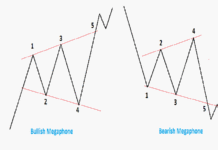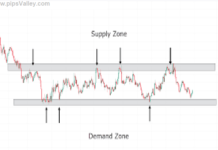
In simple terms, Forex swing trading is the attempt to profit from price swings in the foreign exchange market. The trader looks to buy a currency pair when it is undervalued according to his analysis and sell it when it becomes overvalued.
There are many different ways that a trader can go about trying to identify undervalued and overvalued currencies, but some common methods include looking at technical indicators or chart patterns, as well as fundamental factors such as interest rates and economic data releases.
Forex swing trading can be a profitable strategy if done correctly, but there are also risks involved which must be taken into account. A good understanding of both technical analysis and fundamental analysis is essential in order to make informed decisions when trading FX swings.
Swing trading is a popular trading strategy in the financial markets that focuses on capturing short- to medium-term price movements in various assets, such as stocks, currencies, or commodities. Unlike day trading, swing traders typically hold positions for several days to weeks, aiming to profit from price fluctuations during these timeframes.
Swing traders analyze technical and fundamental factors to identify potential entry and exit points, often using technical indicators, chart patterns, and market trends. This approach allows them to take advantage of both upward and downward price swings, as they seek to buy low and sell high or short sell high and cover low. Swing trading requires discipline, risk management, and the ability to adapt to changing market conditions, making it a flexible strategy for traders looking to capitalize on short- to medium-term market movements.
Related Articles:
Secure and Convenient : E-Wallets Transform Forex Trading for the Digital Age




























